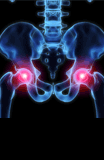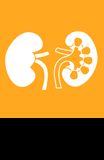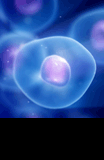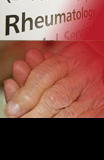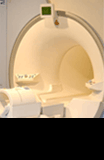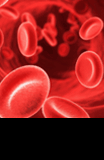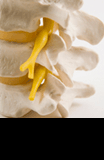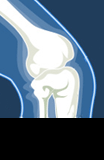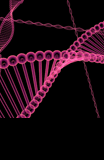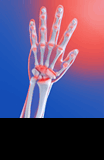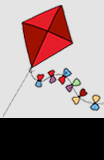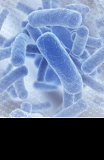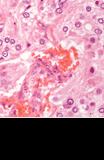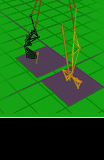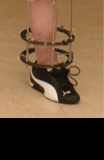Background information
Long QT syndrome (LQTS) is characterised by a prolonged QT interval on ECG; >460ms in females and >440ms in males. The condition predisposes to cardiac arrhythmia, syncope and sudden death.
Inheritance is heterozygous and has an estimated prevalence of 1/2,500. Individuals who are compound heterozygous or homozygous for variants in two particular genes; KCNQ1 or KCNE1 have Jervell and Lange-Nielsen syndrome (JLNS). JLNS is characterised by a longer QTc than in LQTS (usually >500 msec) and typically have profound bilateral sensorineural hearing loss (SNHL).
Currently, there are ten genes on the panel. At the present time, sequencing of a smaller sub set of these genes alone is not possible.
Pathogenic variants in the KCNQ1, KCNH2, and SCN5A genes account for the majority of cases of LQTS. Copy number variants (CNVs) involving KCNQ1 and KCNH2 have been reported in the literature. Pathogenic variants in the SCN5A gene have also been reported in Brugada Syndrome, dilated cardiomyopathy (DCM) and cardiac conduction system dysfunction.
Pathogenic variants in the KCNJ2 gene are a rare cause of LQTS and individuals typically have a distinctive U–wave morphology on ECG. Pathogenic variants account for the majority of Andersen-Tawil syndrome (ATS) cases. ATS is characterised by periodic paralysis, cardiac arrhythmias, and distinctive facial and skeletal features. Individuals referred for ATS are offered the LQTS gene panel.
Homozygous and compound heterozygous variants in KCNQ1 and/or KCNE1 have been described in JLNS. Individuals referred for JLNS are offered the LQTS gene panel. Pathogenic variants in the KCNE1 gene are a more infrequent cause (~1 percent) of LQTS and there is limited evidence is available for the monogenic causation of LQTS by KCNE2. Pathogenic variants in the CACNA1C gene are an extremely rare cause of LQTS.
Pathogenic variants in the CALM1, CALM2 or CALM3 genes are a very rare cause of LQTS. Individuals typically have severe cardiac arrhythmias which may be diagnosed as LQTS, catecholaminergic polymorphic ventricular tachycardia (CPVT), or idiopathic ventricular fibrillation (IVF) at a young age.
Testing strategy
Clinically affected probands:
R127 - Singleton analysis of a small panel of genes. Data from the entire coding region of the main transcripts of KCNQ1, KCNH2, and SCN5A is always included.
Targeted analysis for known / previously reported familial variants:
- Family testing in clinically unaffected family members at risk of inheriting a previously reported familial pathogenic variant (R242)
- Diagnostic confirmation in individuals at risk of inheriting a previously reported familial pathogenic variant and clinically suspected of having the familial condition (R240)
- Segregation studies in affected family members to aid variant interpretation (R375)
- Prenatal diagnosis for families with a pathogenic or likely pathogenic variant identified (R240 and R321 Maternal cell contamination).
Target reporting times
84 calendar days for diagnostic screening of affected individuals.
42 calendar days for diagnostic confirmation in individuals at risk of inheriting a previously reported familial pathogenic variant and clinically suspected of having the familial condition (R240)
14 calendar days for presymptomatic testing of clinically unaffected family members at risk of inheriting a previously reported familial pathogenic variant (R242)
Turnaround times for genetic / genomic testing
Sample requirements and referring samples
All non NHSE referrals should be accompanied by a completed referral form.
Requesting specialties:
- Cardiology
- Clinical Genetics
- Paediatrics
- Electrophysiology
- Pathology
- Coroners





